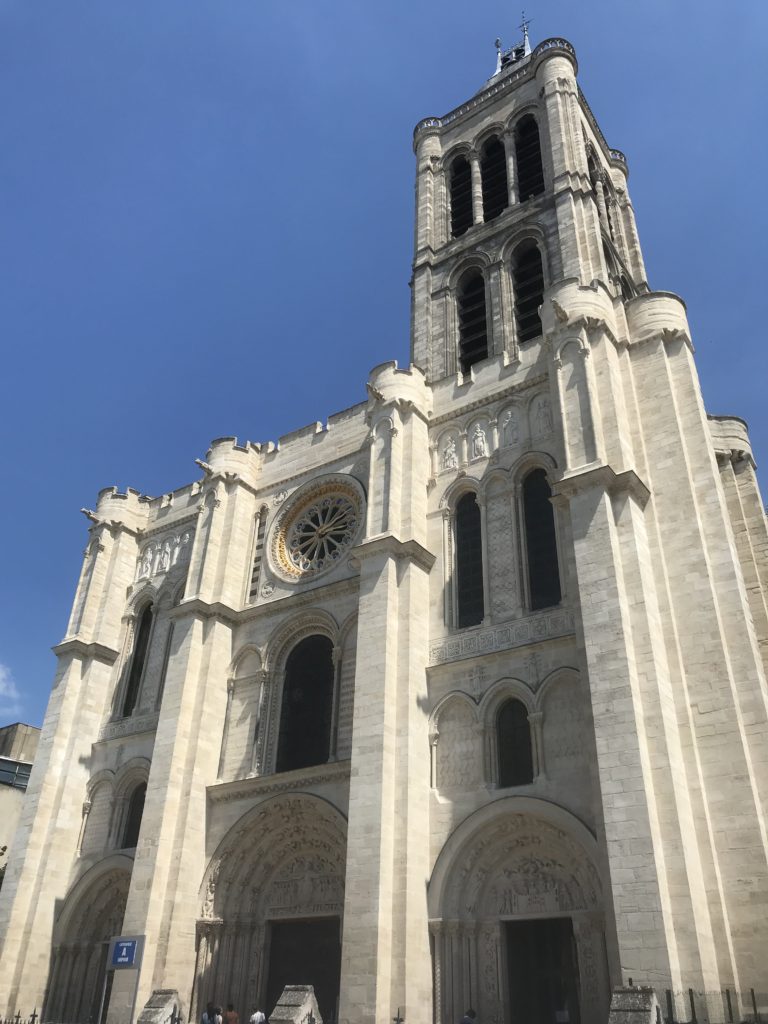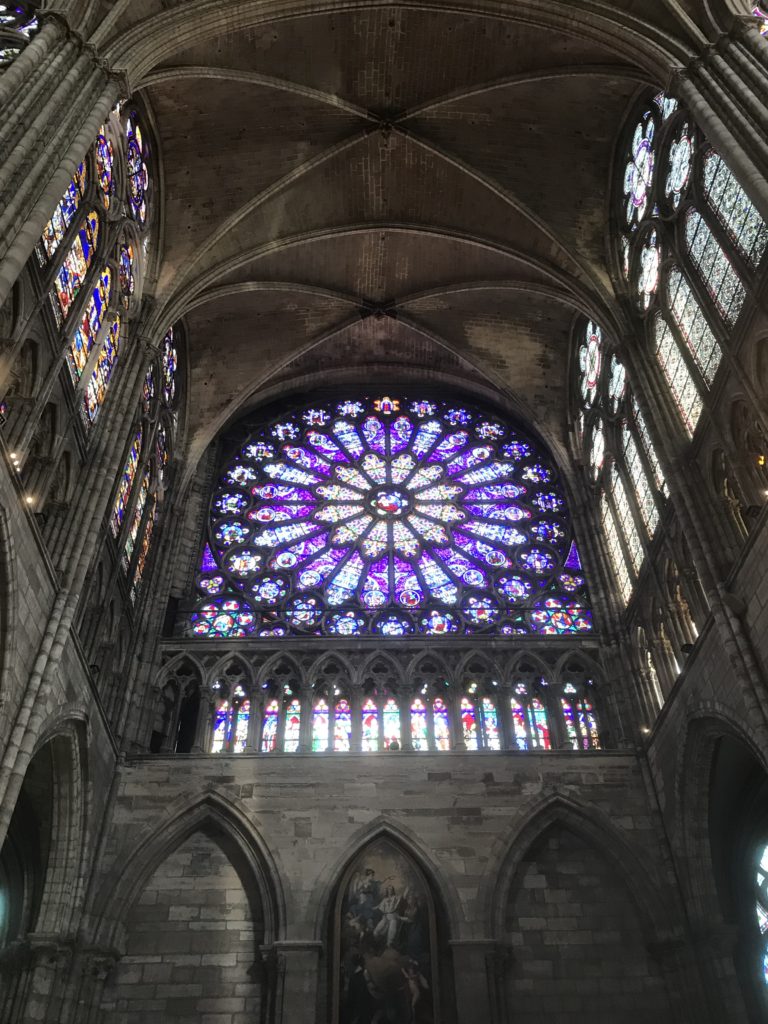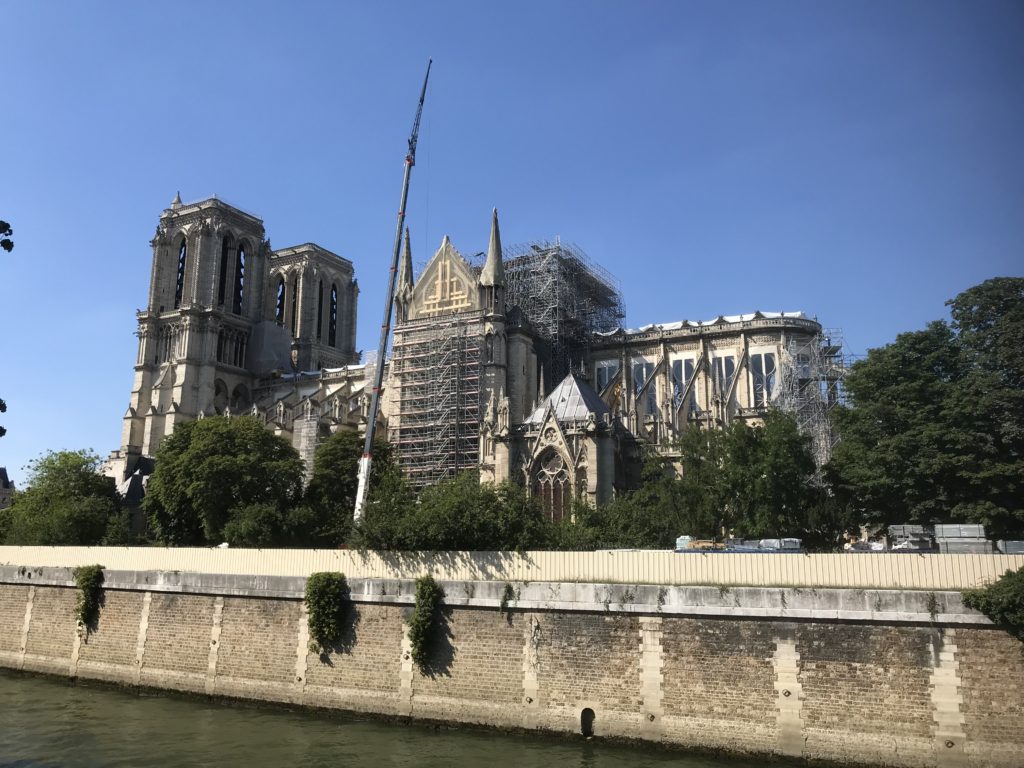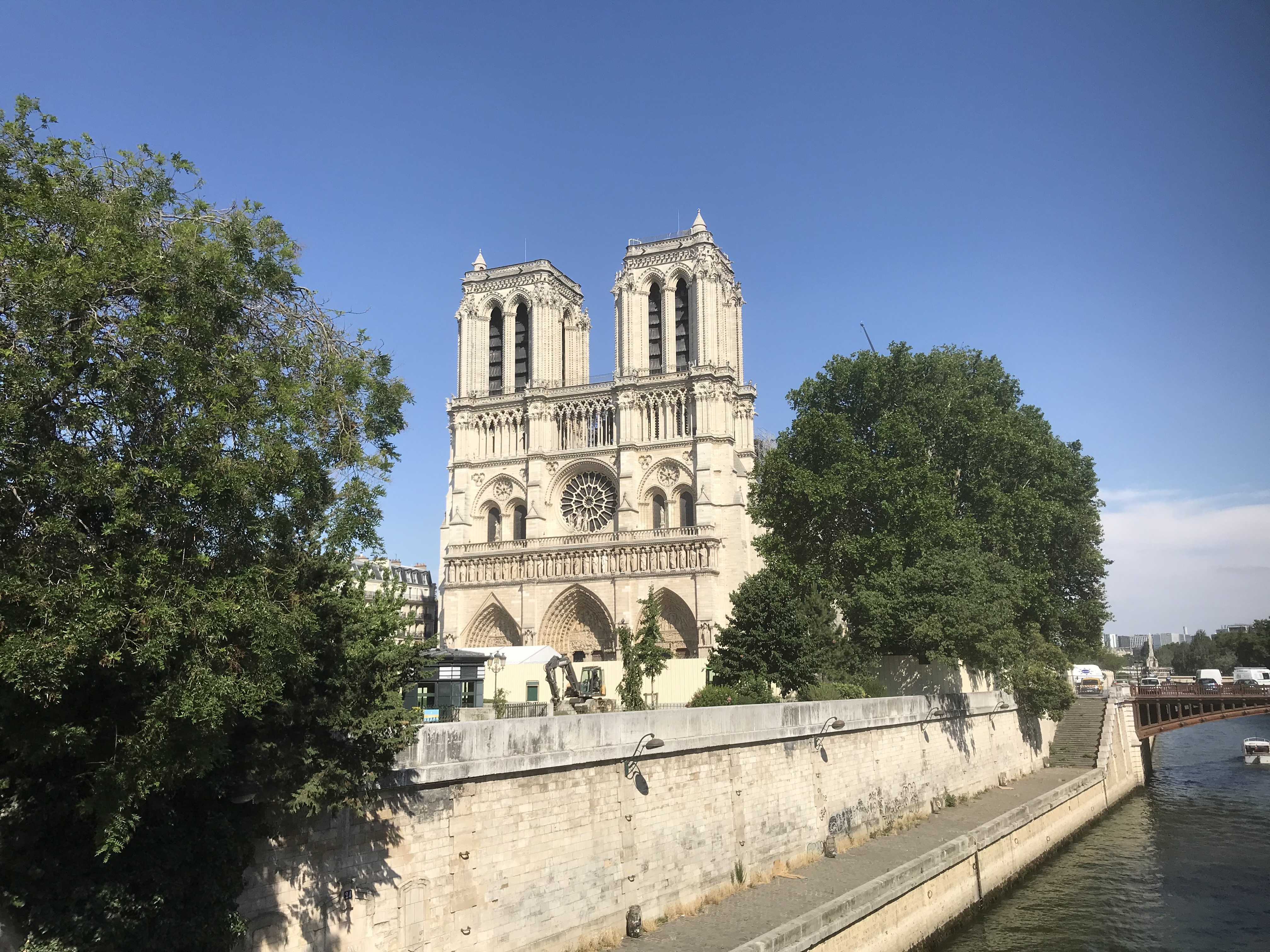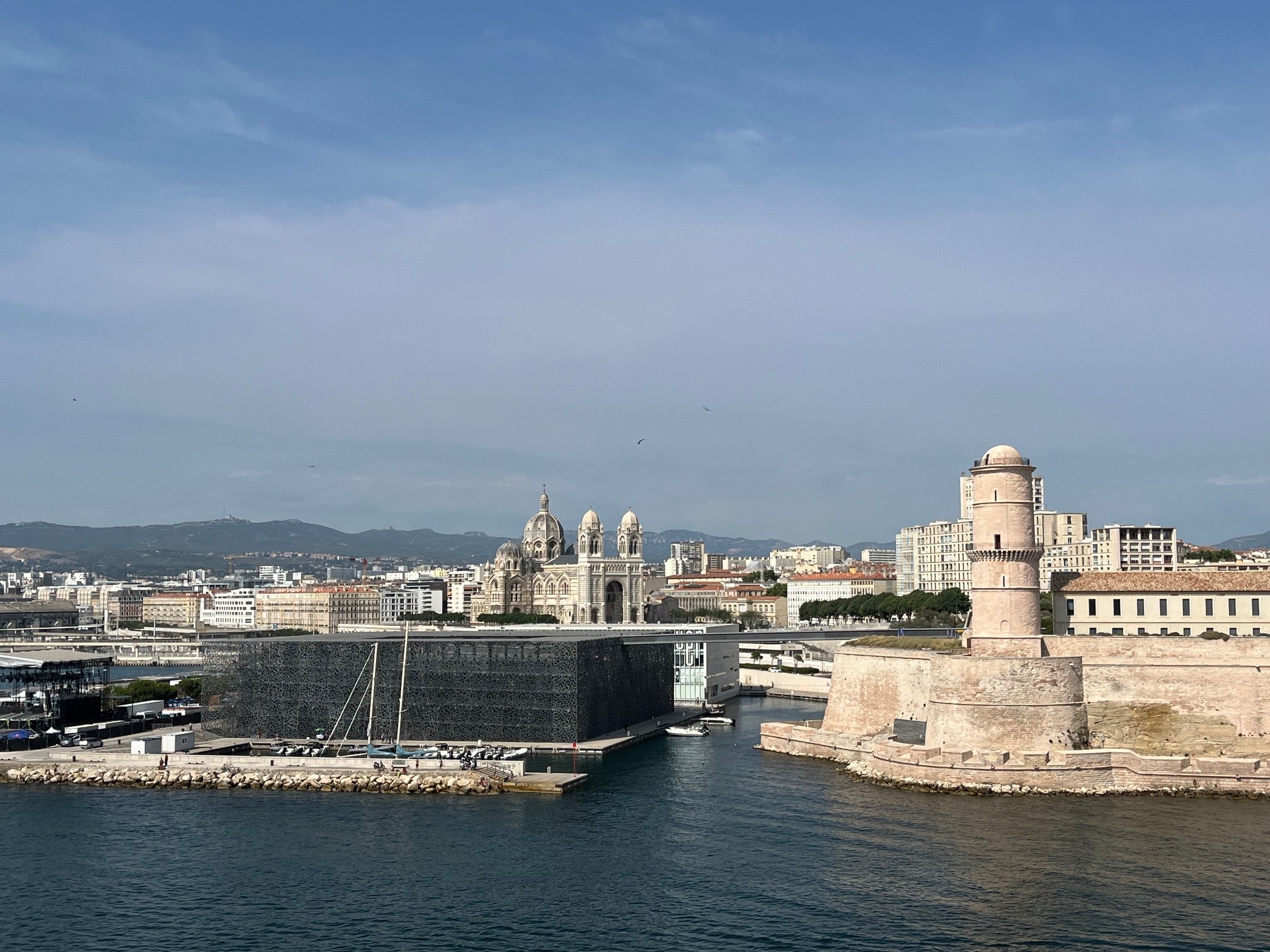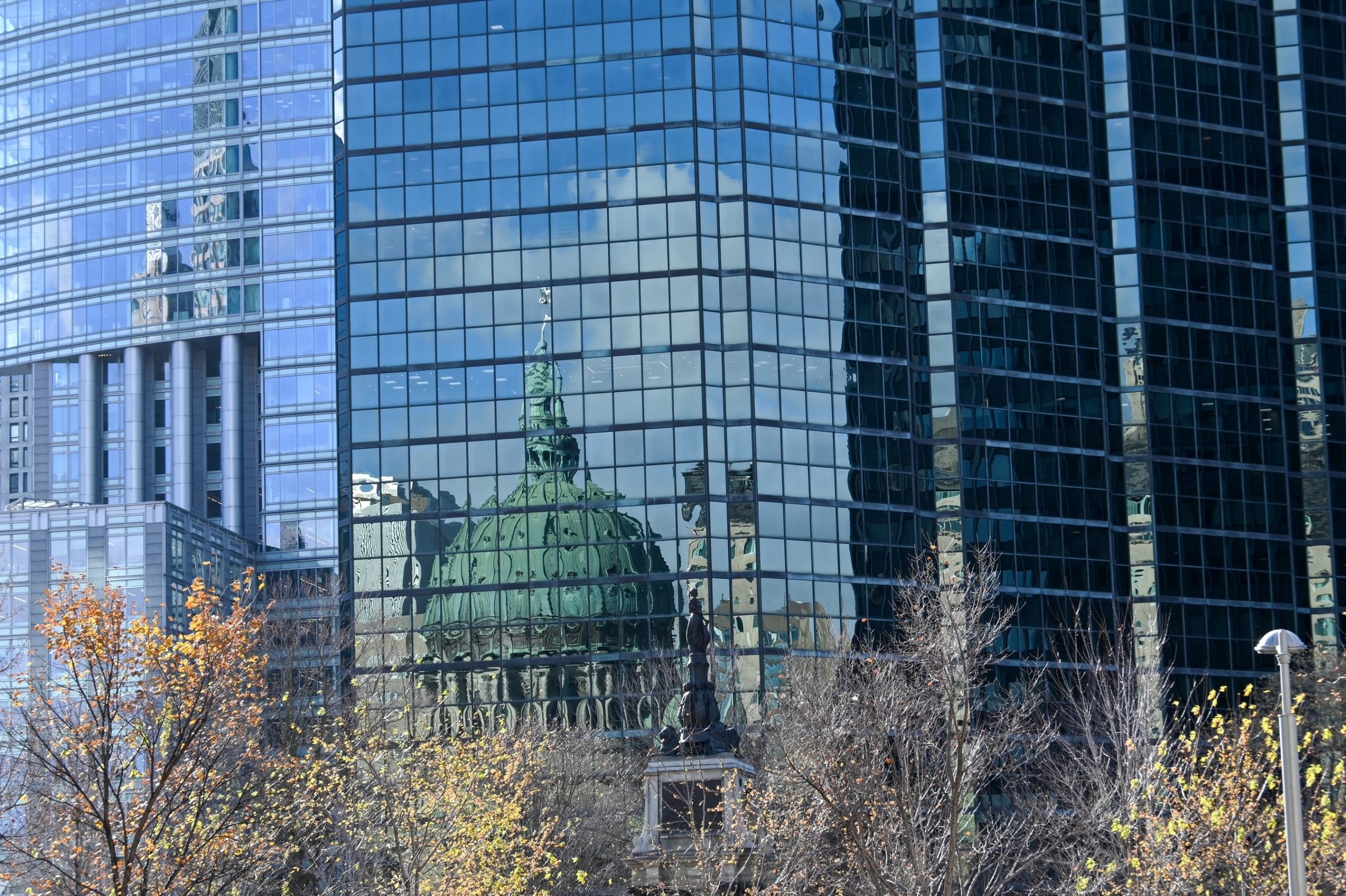It is now a little bit less than one year that Notre-Dame was burning. A French colleague alerted me in the halls of our office, and I went straight to my computer to watch the images and the news. We all remember the emotion that this event created in Paris, in France and around the world. The messages exchanged almost sounded like condolences, as if we had lost someone who was close.
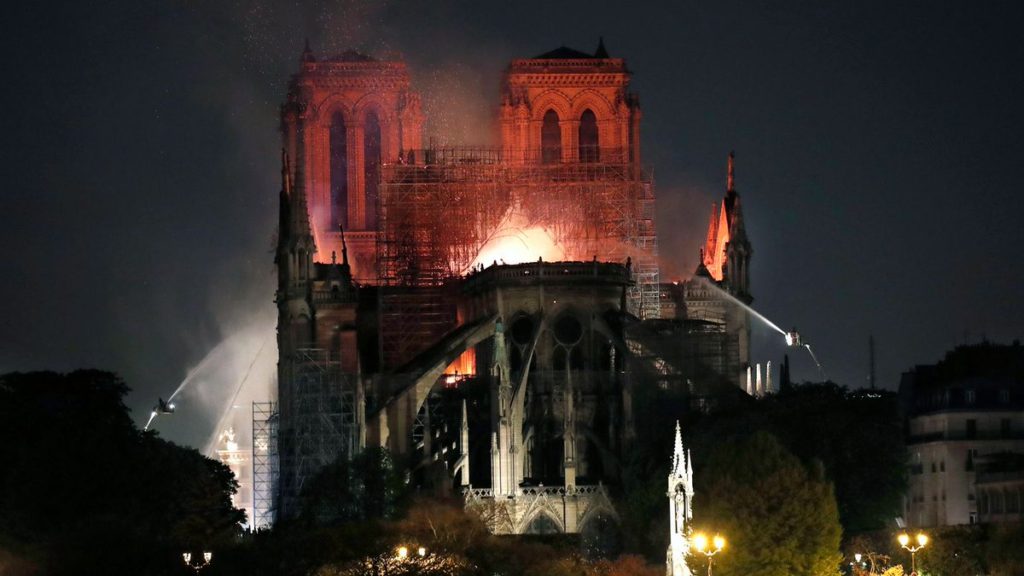
In « Notre-Dame », his short book paying homage to the Parisian cathedral, the English author Ken Follet wrote: « Notre-Dame had always seemed eternal, and the medieval builders certainly thought it would last until the Day of Judgement; but suddenly we saw that it could be destroyed. In the life of every boy there is a painful moment when he realizes that his father is not all-powerful and invulnerable. The old man has weaknesses, he may become ill, and one day he will die. The fall of the spire made me think of that moment. »

In an emotional TV interview a few days after the fire, French writer François Cheng said: « We do not forget that this is Notre Dame, and therefore a maternal presence. Maternal love, we know what it is. For us, it is something natural, normal. We enjoy it, we benefit from it, we often abuse it, but without paying too much attention. One day, suddenly, that maternal presence is snatched away from us. Then we are plunged into an unending sadness, an unending regret. There was so much we could have told her, and we never did it. We did not even say « I love you ». Now it is too late. That feeling of « too late », it took us at the very moment when the spire became a torch and collapsed. » (see the video below -in French- starting at 4’50’’).
Whether the reference is to the father’s figure or maternal love, both writers got it right: Notre-Dame’s flames touched us intimately. Of course, Victor Hugo’s novel, “The Hunchback of Notre-Dame” in English, did a lot to place Notre-Dame de Paris inside our memories and consciences. I remember reading it for the first time when I was very young. More recently, I took it back with much pleasure. I was reading about forty pages every day during my metro commute, twenty pages in the morning, another twenty in the evening. Every night I gathered my children before bedtime and would summarize the day’s episode. How Esmeralda, the gipsy girl dancing in Paris’ streets and on the cathedral’s parvis, unwittingly attracts the love of Claude Frollo, the church’s archdeacon who is thorn between his faith and his desires’ demands. Esmeralda falls in love with the handsome Captain Phoebus de Châteaupers. He is flattered by the attention from the young dancer, but he is already engaged to the aristocratic and jealous Fleur-de-Lys. Finally, Quasimodo, the bell ringer who lives in the towers, hunchback, half blind and limping. He first appears as a brute, but gradually his sensitivity and his love for Esmeralda become apparent, to the point that he will save her by taking her inside the cathedral as she stood on the verge of being hanged on the parvis, falsely accused of murder and witchcraft. Once the book was over, we relived all these intrigues by watching as a family the successful French musical, one scene per night, on Youtube.
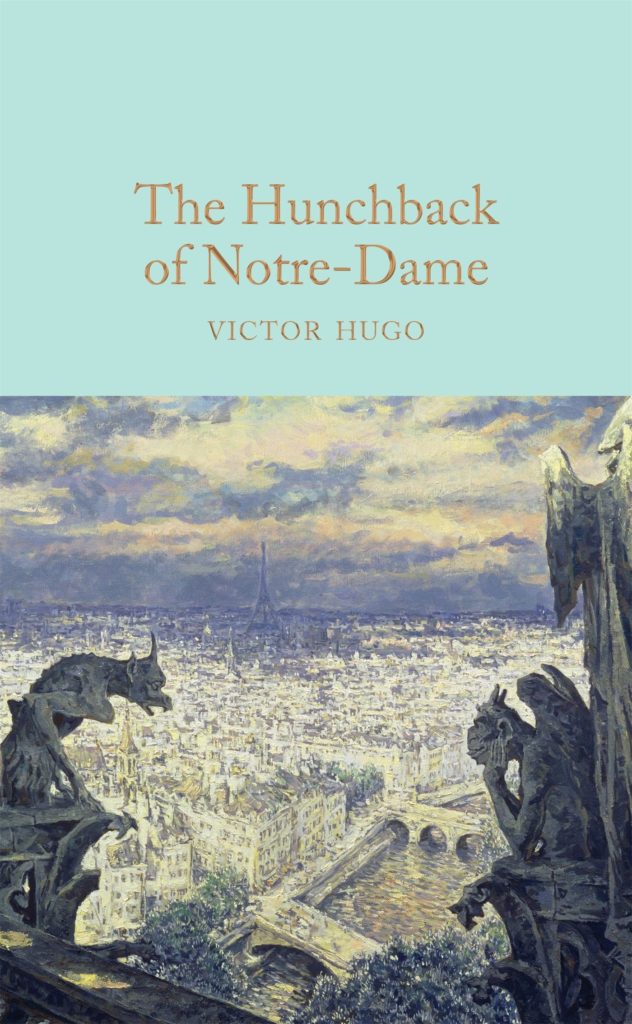
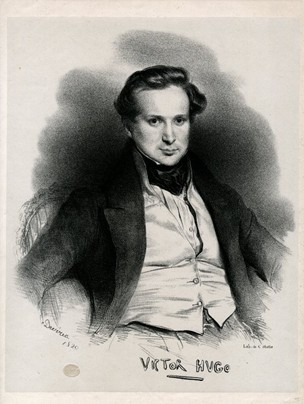
His novel « The Pillars of the Earth » is the reason why Ken Follet has been in high demand after Notre-Dame’s fire. This is another book which I read a long time ago and reread recently to summarize it every night for my younger son. The story takes place in 12th century England and describes the construction of the fictional Kingsbridge cathedral. Ken Follet masterfully tells the human adventure experienced by a medieval town over the length of such a project, spanning several generations. One episode came back in memory during the Notre-Dame fire: when Jack Jackson, a young boy, climbs on top of the old cathedral to set a fire in the hope that his stepfather, Tom builder, would be hired to build the new church. After many events, it is Jack Jackson himself who will finalize the new cathedral’s construction, in the new gothic style that he learned while helping to build the Saint-Denis Basilica in the outskirts of Paris.
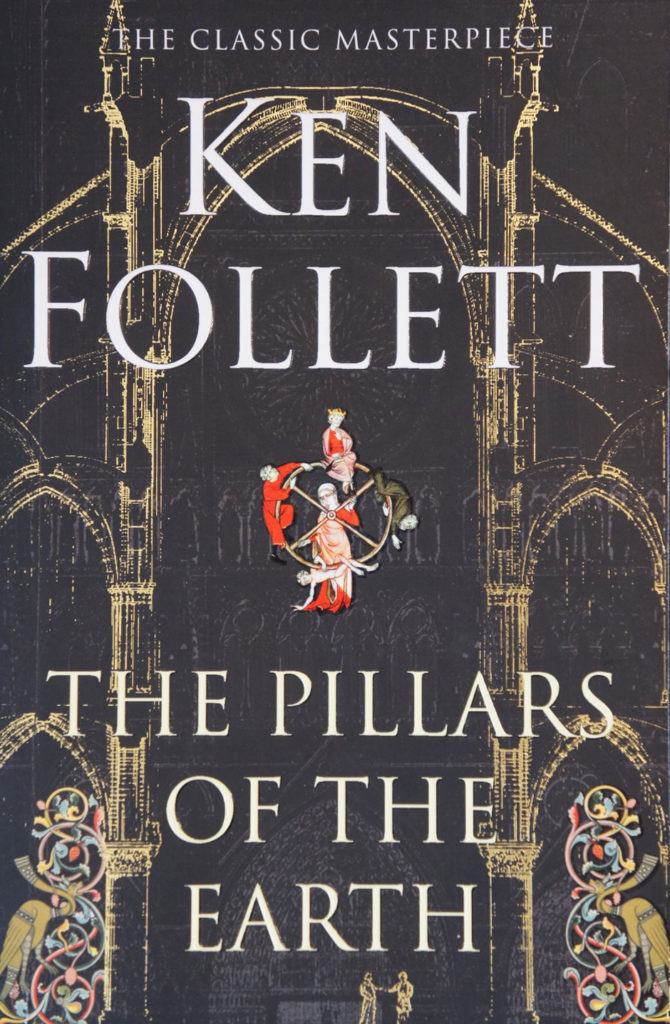
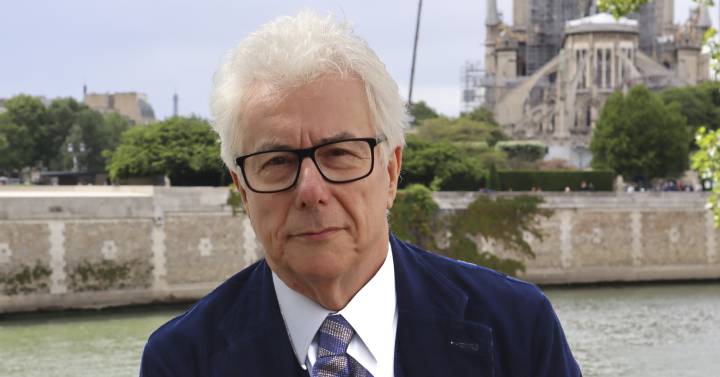
Saint-Denis, necropolis of the French Kings, is indeed the precursor of Gothic architecture which inspired the building of Notre-Dame on the l’Ile de la Cité. During my last visit in Paris, I went to Saint-Denis – the church is superb and there are few tourists – before walking around Notre-Dame, whose nave seen from the banks of the Seine is protected by scaffolding but whose towers, thanks God, still sand dominating the landscape.
